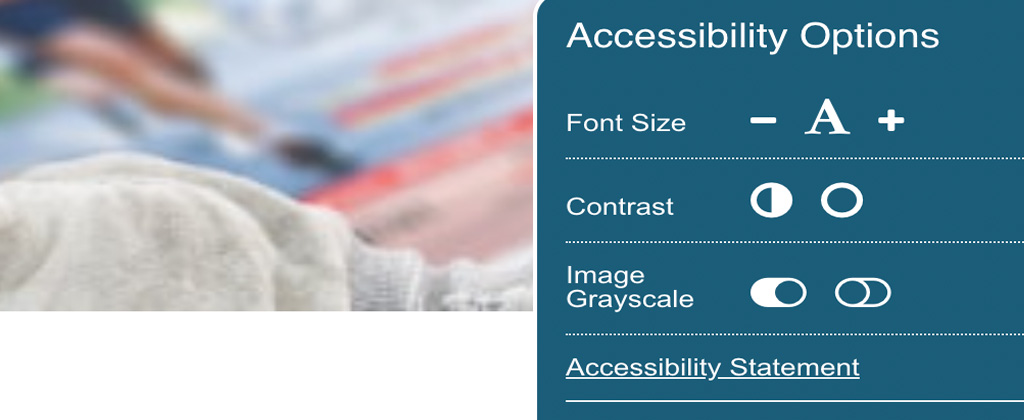ADA Accessibility website overlays, why you should not use them.

Limitations of ADA Accessibility website overlays, why you should not use them.
ADA overlays, or accessibility overlays, are third-party tools designed to make websites compliant with the Americans with Disabilities Act (ADA) by adding a layer of accessible options on top of the existing site content. While they may seem like a quick fix for achieving accessibility, they come with several significant limitations and drawbacks. Here are some reasons why using ADA overlays might not be the best approach:
Incomplete Accessibility:
Overlays often fail to address the underlying accessibility issues within a website's code and structure. They might make superficial changes but do not resolve fundamental problems, leaving many barriers intact for users with disabilities.
Reliance on JavaScript:
Many overlays depend heavily on JavaScript, which can be turned off or blocked by users for security or performance reasons. If JavaScript is disabled, the overlay fails to function, rendering the accessibility features useless.
User Experience Issues:
Overlays can interfere with the user experience by adding extra layers of interaction that can be confusing or overwhelming. For instance, screen reader users might experience redundant or conflicting information, making navigation more difficult.
Legal Risks:
Using an overlay does not guarantee compliance with ADA or other accessibility standards. Some businesses have faced lawsuits despite having an overlay, as these tools are often seen as inadequate substitutes for comprehensive accessibility efforts.
Performance Impact:
Overlays can slow down website performance due to additional scripts and resources that need to be loaded. This can affect all users, not just those who need accessibility features.
Temporary Fix:
Overlays provide a band-aid solution rather than a permanent fix. True accessibility requires a commitment to building and maintaining a website that is inherently accessible through proper design and coding practices.
User Distrust:
Users with disabilities often distrust overlays, knowing that these tools are not a substitute for proper accessibility. They may prefer websites that demonstrate a genuine commitment to accessibility by following best practices and standards.
Overall, instead of relying on ADA overlays, it is more effective to integrate accessibility into the website's design and development processes from the ground up. This approach ensures that all users, regardless of their abilities, can access and navigate the site seamlessly and efficiently.
